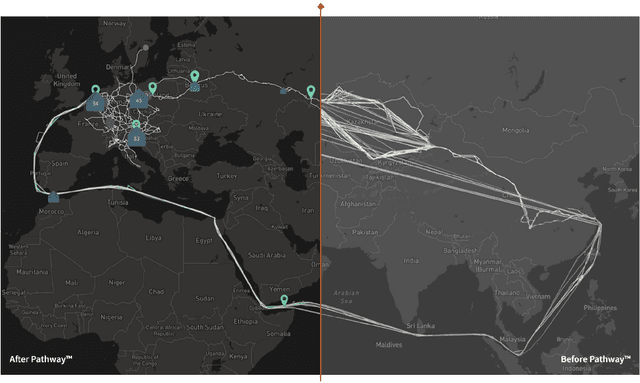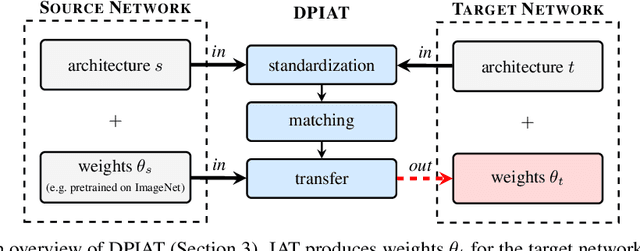Kamil Piechowiak
Pathway: a fast and flexible unified stream data processing framework for analytical and Machine Learning applications
Jul 12, 2023



Abstract:We present Pathway, a new unified data processing framework that can run workloads on both bounded and unbounded data streams. The framework was created with the original motivation of resolving challenges faced when analyzing and processing data from the physical economy, including streams of data generated by IoT and enterprise systems. These required rapid reaction while calling for the application of advanced computation paradigms (machinelearning-powered analytics, contextual analysis, and other elements of complex event processing). Pathway is equipped with a Table API tailored for Python and Python/SQL workflows, and is powered by a distributed incremental dataflow in Rust. We describe the system and present benchmarking results which demonstrate its capabilities in both batch and streaming contexts, where it is able to surpass state-of-the-art industry frameworks in both scenarios. We also discuss streaming use cases handled by Pathway which cannot be easily resolved with state-of-the-art industry frameworks, such as streaming iterative graph algorithms (PageRank, etc.).
Breaking the Architecture Barrier: A Method for Efficient Knowledge Transfer Across Networks
Dec 28, 2022



Abstract:Transfer learning is a popular technique for improving the performance of neural networks. However, existing methods are limited to transferring parameters between networks with same architectures. We present a method for transferring parameters between neural networks with different architectures. Our method, called DPIAT, uses dynamic programming to match blocks and layers between architectures and transfer parameters efficiently. Compared to existing parameter prediction and random initialization methods, it significantly improves training efficiency and validation accuracy. In experiments on ImageNet, our method improved validation accuracy by an average of 1.6 times after 50 epochs of training. DPIAT allows both researchers and neural architecture search systems to modify trained networks and reuse knowledge, avoiding the need for retraining from scratch. We also introduce a network architecture similarity measure, enabling users to choose the best source network without any training.
 Add to Chrome
Add to Chrome Add to Firefox
Add to Firefox Add to Edge
Add to Edge